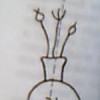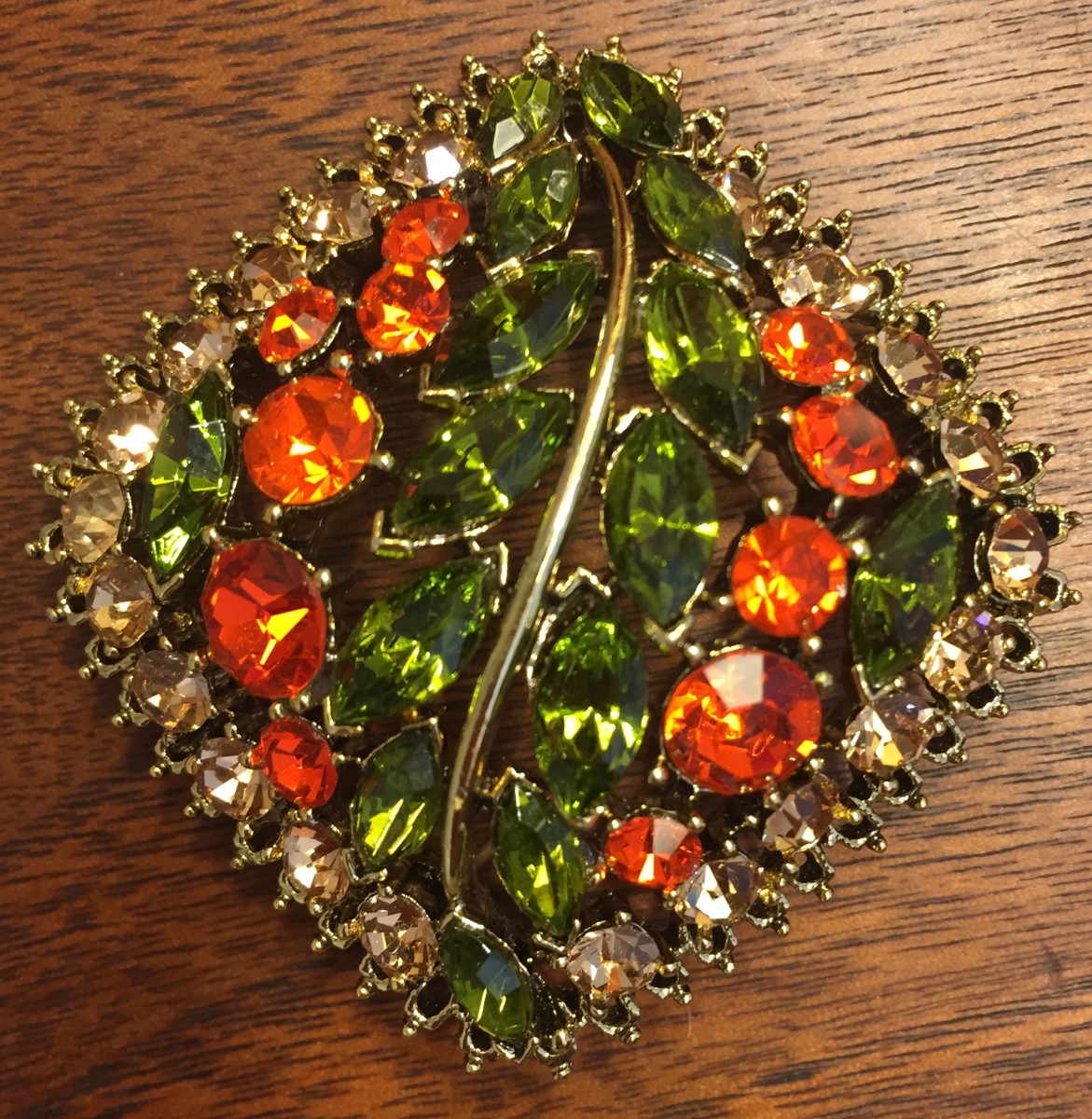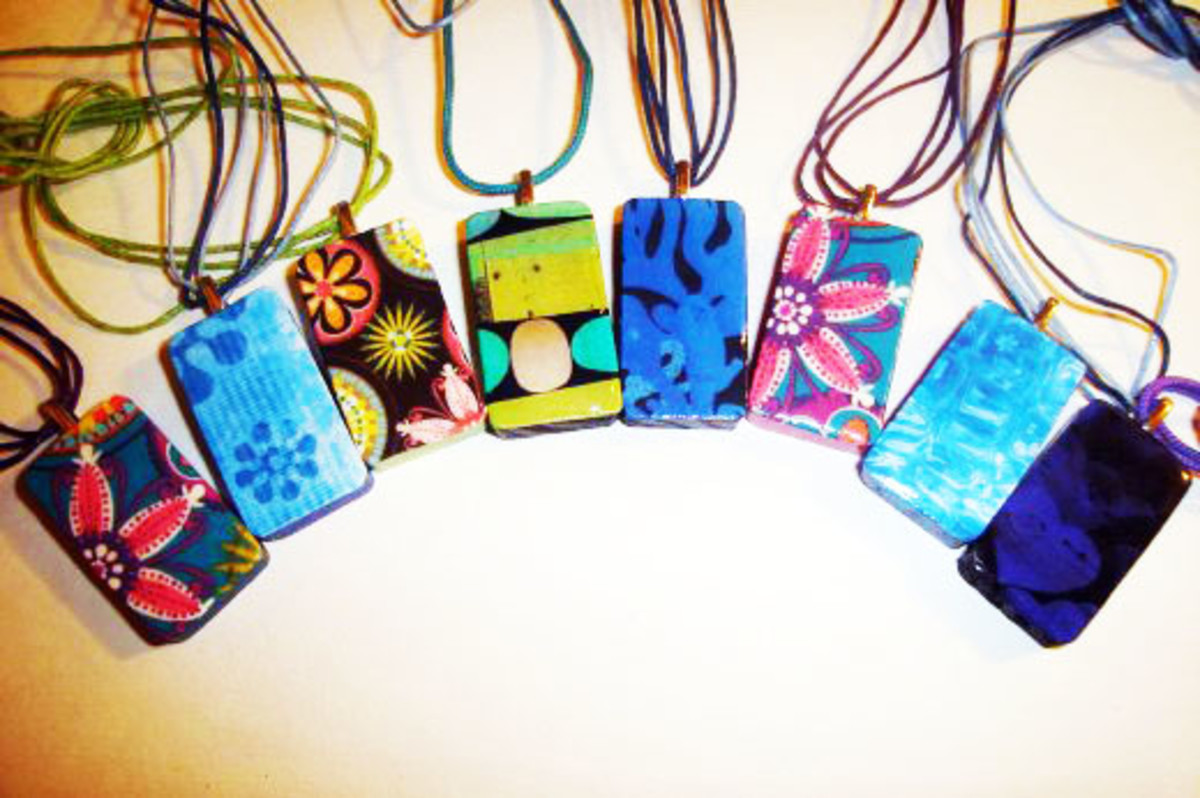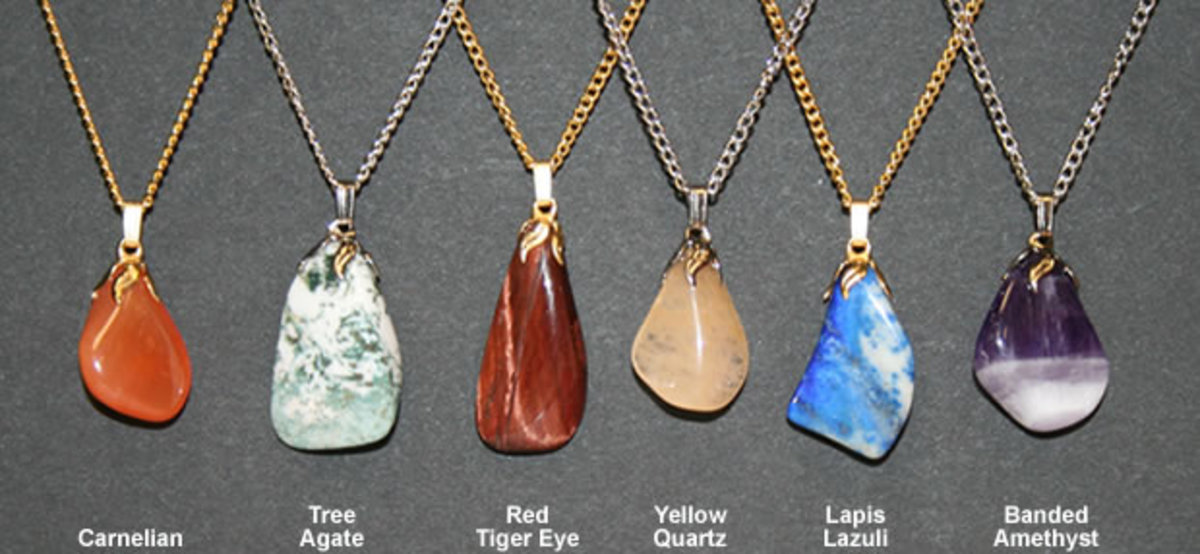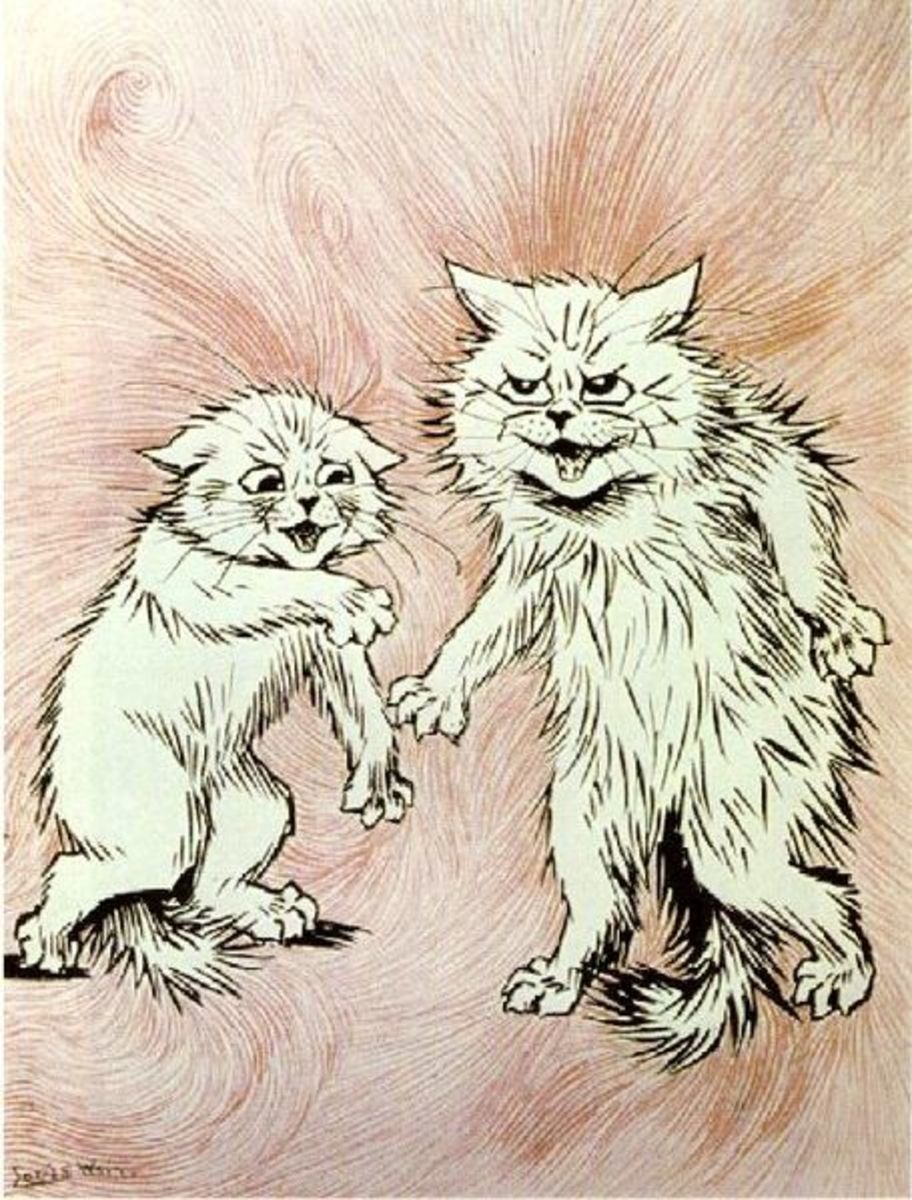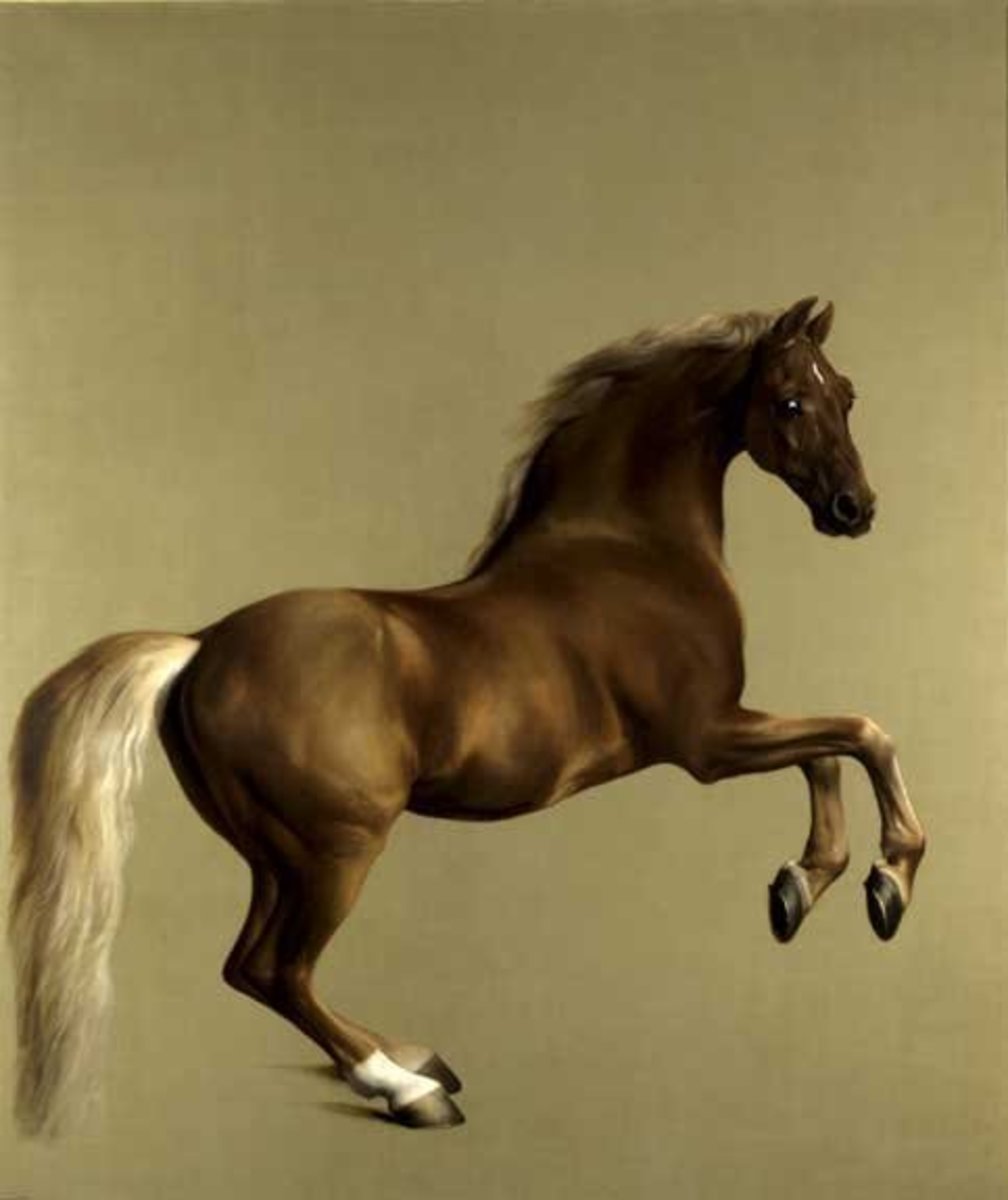Temple pendant and a gold earring from
Temple-pendant and gold earrings from Bethlehem
At present it is difficult to comprehend the history of ancient Israelite jewelry art as a whole. However by analysis of individual items we can observe stages of its development. Accordingly let us consider the gold earrings and pendants in the Hecht collection at the HaifaUniversityMuseum .
The temple-pendants probably primarily only worn as an earrings are made of two parts .The first is an oval ring with a lock(wire 0.2cm in diameter); a disk adorned with garnet mounted in the center; along its edge is soldered a twisted wire (plait). The second is five soldered spheres cored inside resembling a cluster. Among four of the spheres is a small round mounting of garnet located around the circle. The bottom sphere is larger then the others. A granulation drop soldered to the sphere are joined with wide gold strip. The static composition of the temple-pendant shape reflects kinds and forms a cone. Perhaps the temple-pendant shape reflects kinds and forms of jewelry ensembles which were widespread in the past and with which it was worn :bracelets, like the smooth, wide strings joining the spheres: the diadem(oval) with disk which was known in the Hellenistic-Roman period; earrings of graceful construction
The earrings are flexibly constructed of three parts:
1.a ring with a disk, like the temple-pendants, but instead of mounting there is a granulation at the center of the disk;
2.the middle section which is mobile and consists of three spheres (granulation);
3.the bottom part, which is oval with a granulation end serving as fastening of the stone.
It is interesting that the entire construction forms female anthropomorphic figure, and is generally in the shape of a cone, like the temple-pendant. Such a cone shape is found in earrings of the 2nd century AD duplicated in wall painting, relief and sculpture, as for example on Airtam relieves. (1)
Thus, the above –mentioned suggestions regarding ensembles of the various jewelry articles matching each other in form and content are confirmed by the repetitions of elements and details of the temple-pendants and earrings (disks, spheres, garnet mountings).
We find analogies to the temple-pendants among articles from the Roman period. The disk and cluster are seen on the 2nd century AD earrings in the Roman-GermanCentralMuseum (Romisch-Germanisches Zentralmuseum) (2)
We also observe a link with Central Asian Art: among finds from the famous Tillya-tepe site (3) consisting of six tombs are main jewelry articles grouped in ensembles: six belonging to woman and one to men. The use of garnet as a material and of pomegranate as a shape were both popular at the turn of the millennium and especially in the first centuries AD. They were widespread, for instance, in the Syrian-Roman earrings of the last and 2nd centuries. (4)
The pomegranate as a symbol was fairly common in Indian , Central Asian and Israelite jewelry. In the last, it symbolized one of the seven fruits of the Promised Land. It is likewise the Maccabean symbol on coins of the last century BC (5)
In a wider sense the pomegranate is a symbol of life. Its curative properties, which augment its magic power, are also well known. In addition, the pomegranate symbol of constancy. Its color and seeds gave the garnet its name: granatus in Latin means seed-like. The Greek equivalent, pyrore, refers to another precious stone, the ruby, which is why it was considered a protector of marriage and couples.(6)
There are grounds, therefore, to consider the earrings and temple-pendants as a part of wedding ensemble. It is possible that the new religion, Buddhism, which spread in so-called Roman period, was reflected in jewelry elements. Some Central Asian neighbors adhered to the religion, together with the others already known. From that point of view one may suggest a new interpretation for the jewelry.
Unlike the earrings, which were worn by man and women, the temple-pendant were a female adornment only. We may suppose that one who possessed them was a women.
The following facts attest that jewelry articles are in reality temple pendants:
1 . The wire fro a ring is rather wide, 0.2 cm.
2. The character of composition is static.
3. The temple –pendant are larger then the earrings (the weight of the latter is 3.5gr and their length is 4.5cm. while the temple- pendant weight 5.4gr. and are 5.3cm long)
4. The symbols expressed in the temple-pendant’s form and details may be interpreted as wishes for fertility, posterity, longevity (pomegranate, cluster-shaped spheres, etc.)
In this connection it will be recalled that the main functions of jewelry were protect and to ensure fertility. The three part composition is symbolic too. The number three is connected known to be with many philosophical conception: three origins of the Universe, three worlds of Universe, earthly, submarine and celestial; three symbolized birth, life and death, as the family: mother, father and child; etc.
From this description the following conclusion may be made:
1. The temple-pendants and earrings were part of woman’s wedding ensemble.
2. These adornments purchased in Bethlehem date approximately to the 1st or 2nd century AD.
3. They might have been found in a tomb or were part of treasure or sacrifice.
4. In style the articles are closer to the Hellenistic-Roman orientation known from remains found in ancient Israel and also in Central Asia (7)
Notes:
1. Pugachenkova G. Iskusstvo Bactrii epohi Kushan, Moscow, 1979
2. Goldschmuck der Romerzeit., Mainz,1984, abb.12
3. Bactrian Gold, Leningrad, 1985
4. Goldschmuck.., Farb.11,1
5. Romanoff R., Jewish symbols on Ancient Jewish coins. Philadelphia, 1944, p.51-54
6. Samsonov, J. Gems of the USSR, Moscow, 1984, p.69
7. Drevnosti Tajikistana, Dushanbe, 1980,p.110-119
